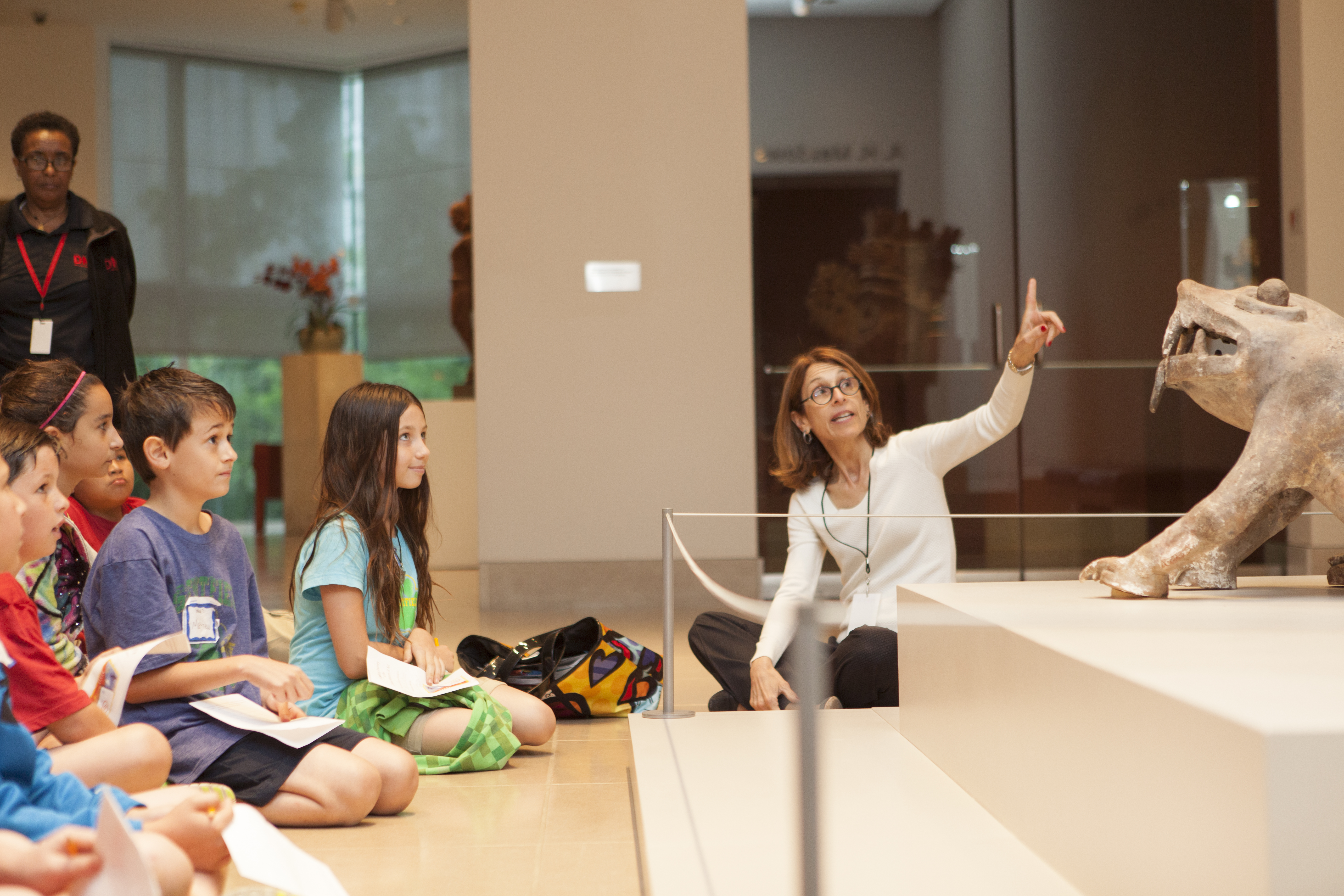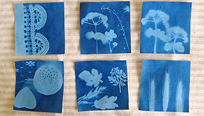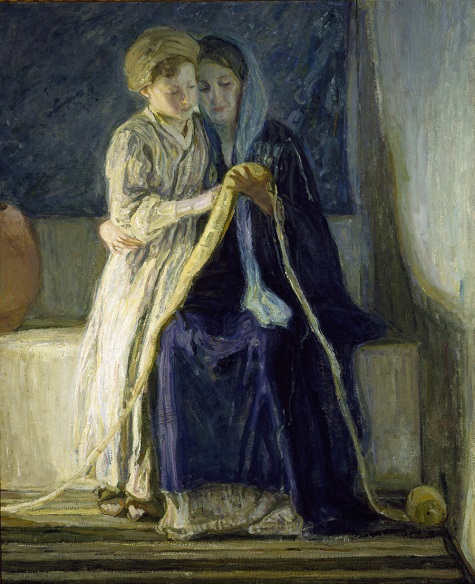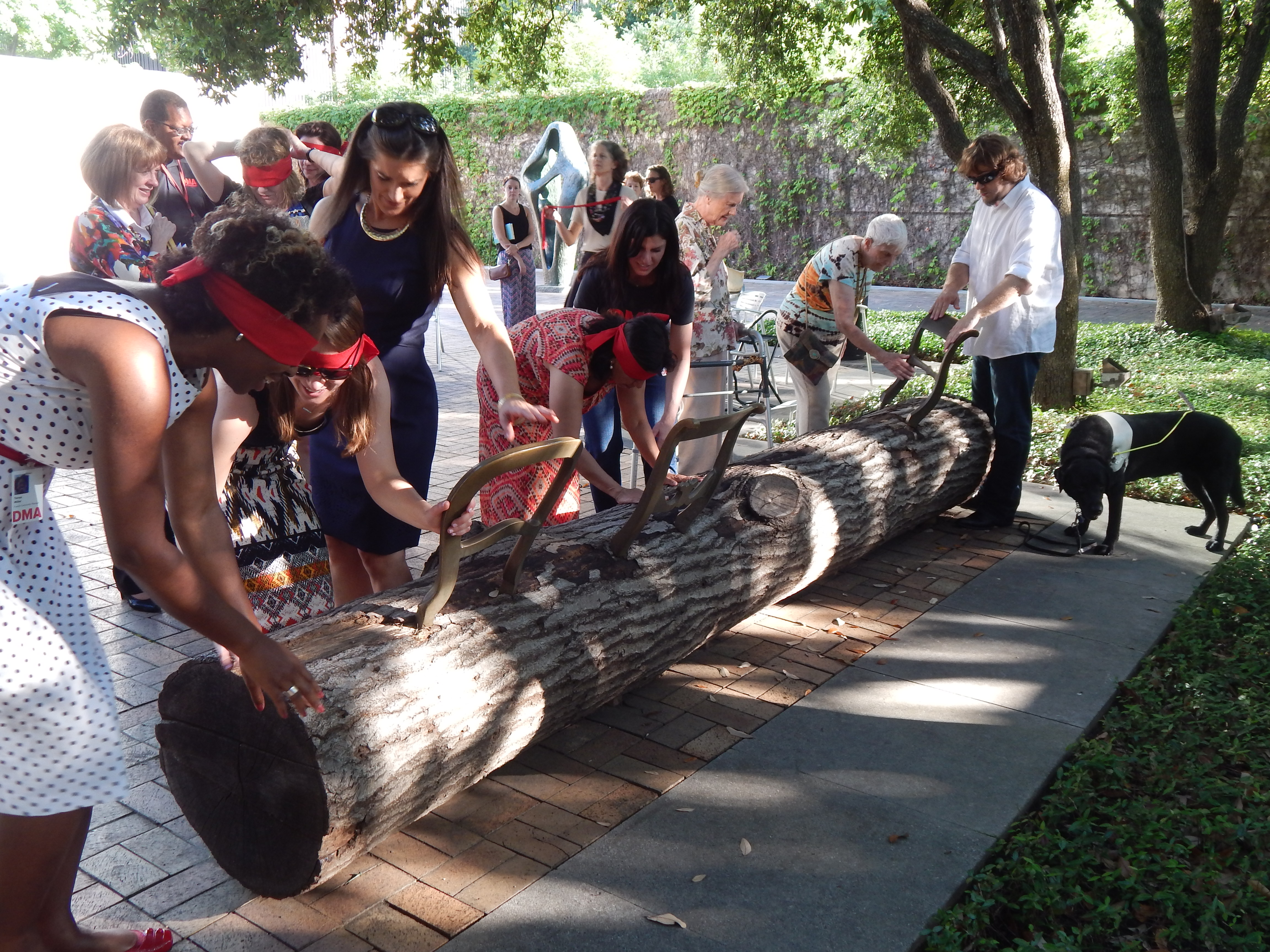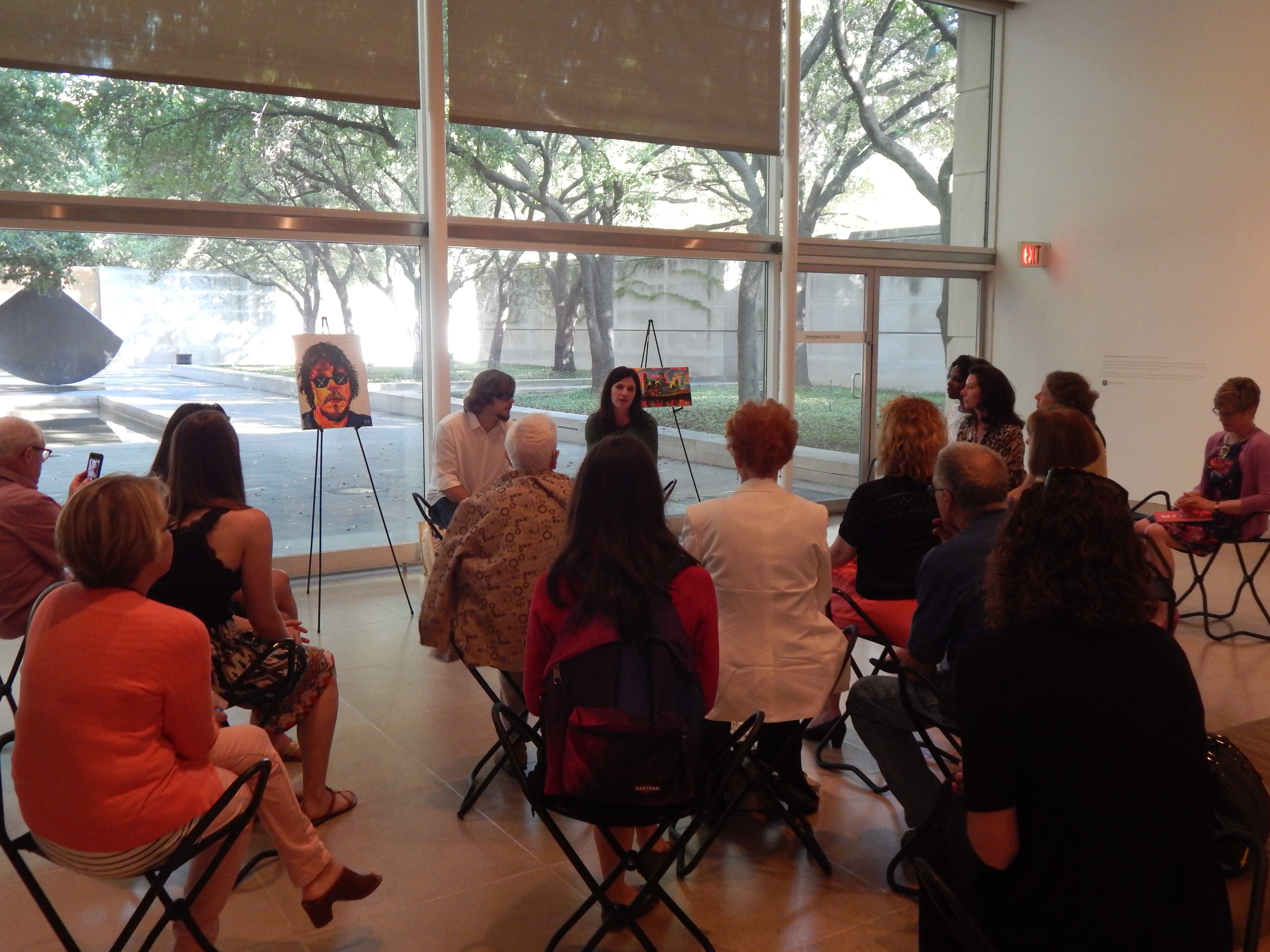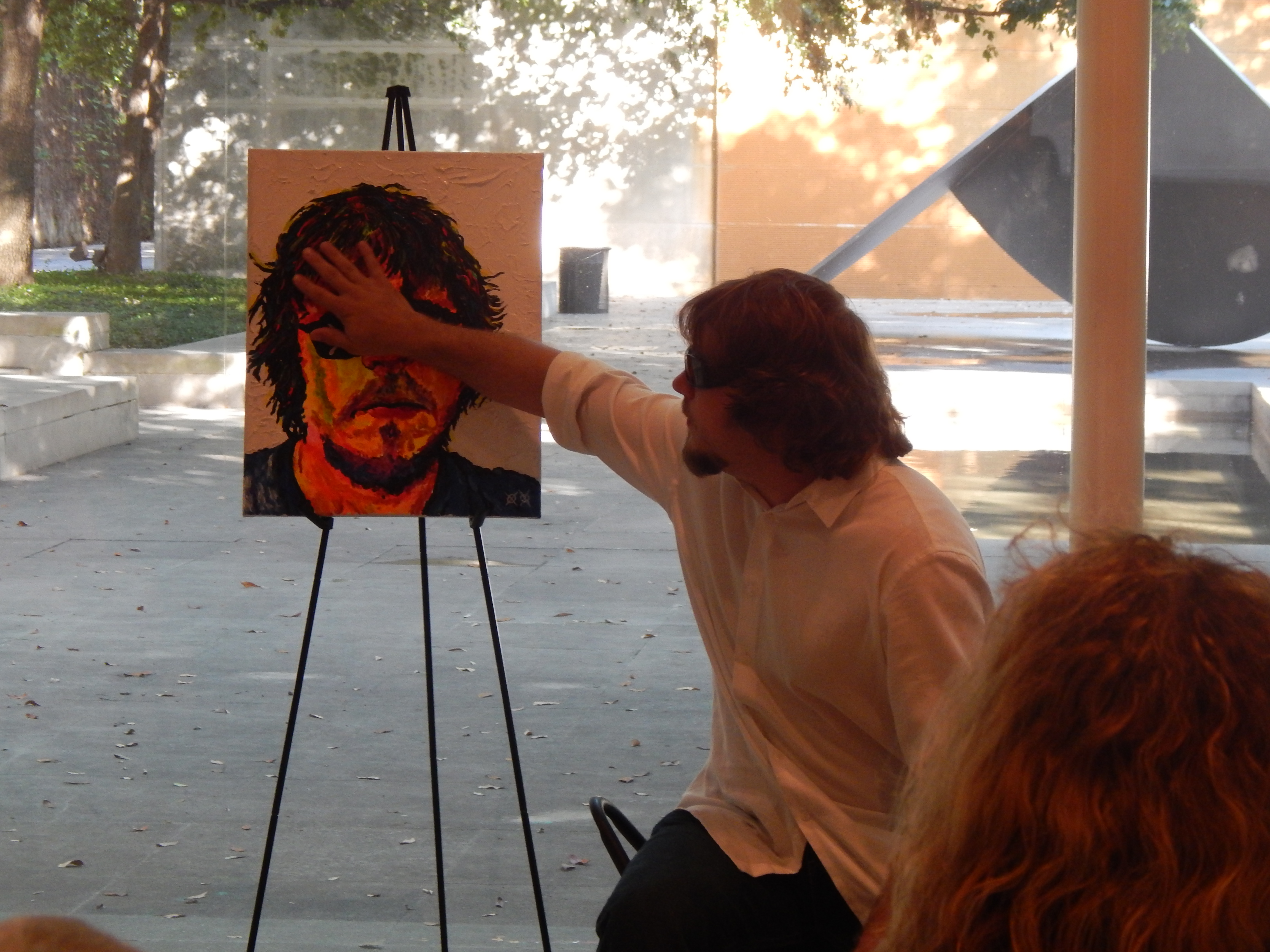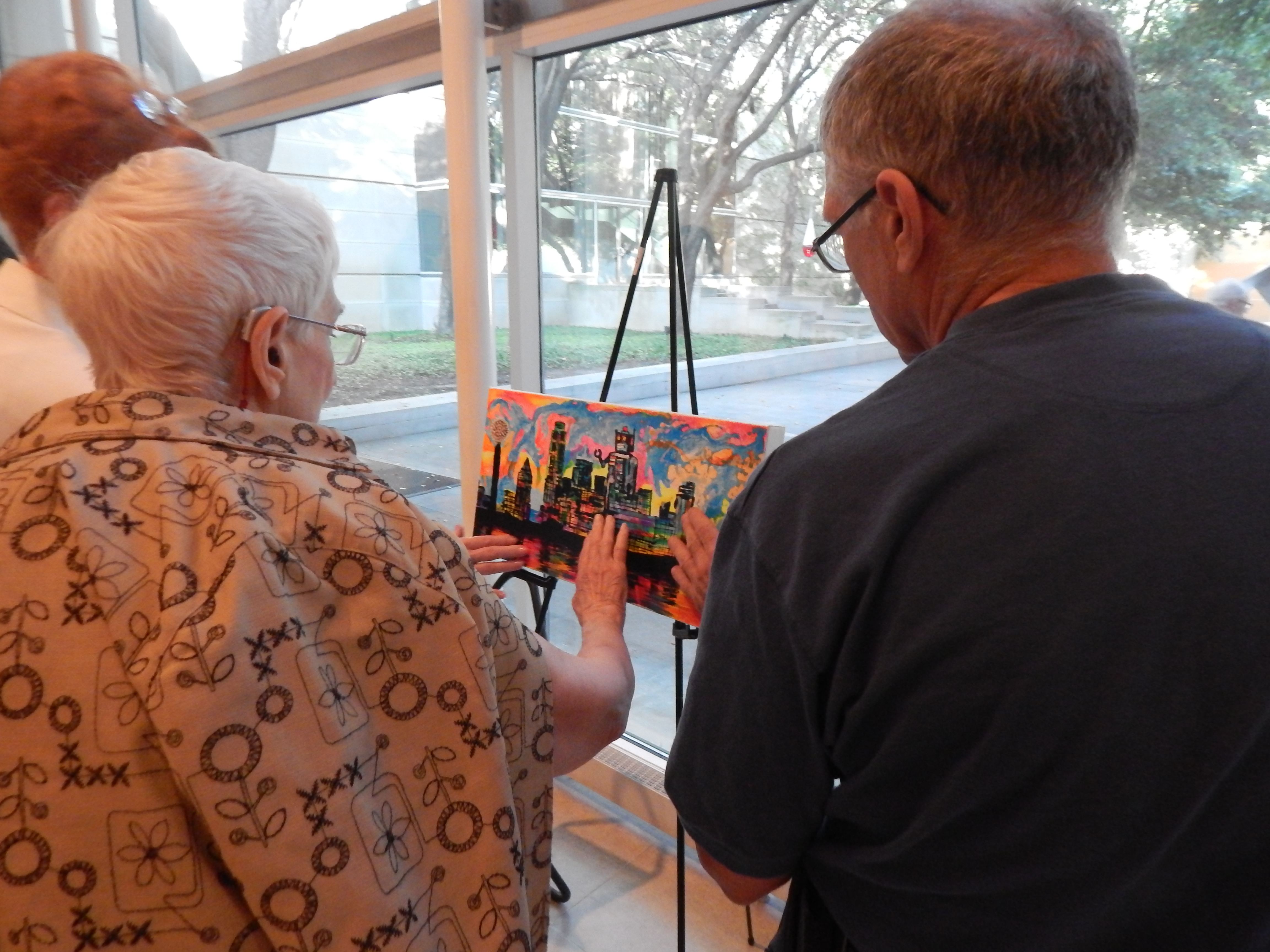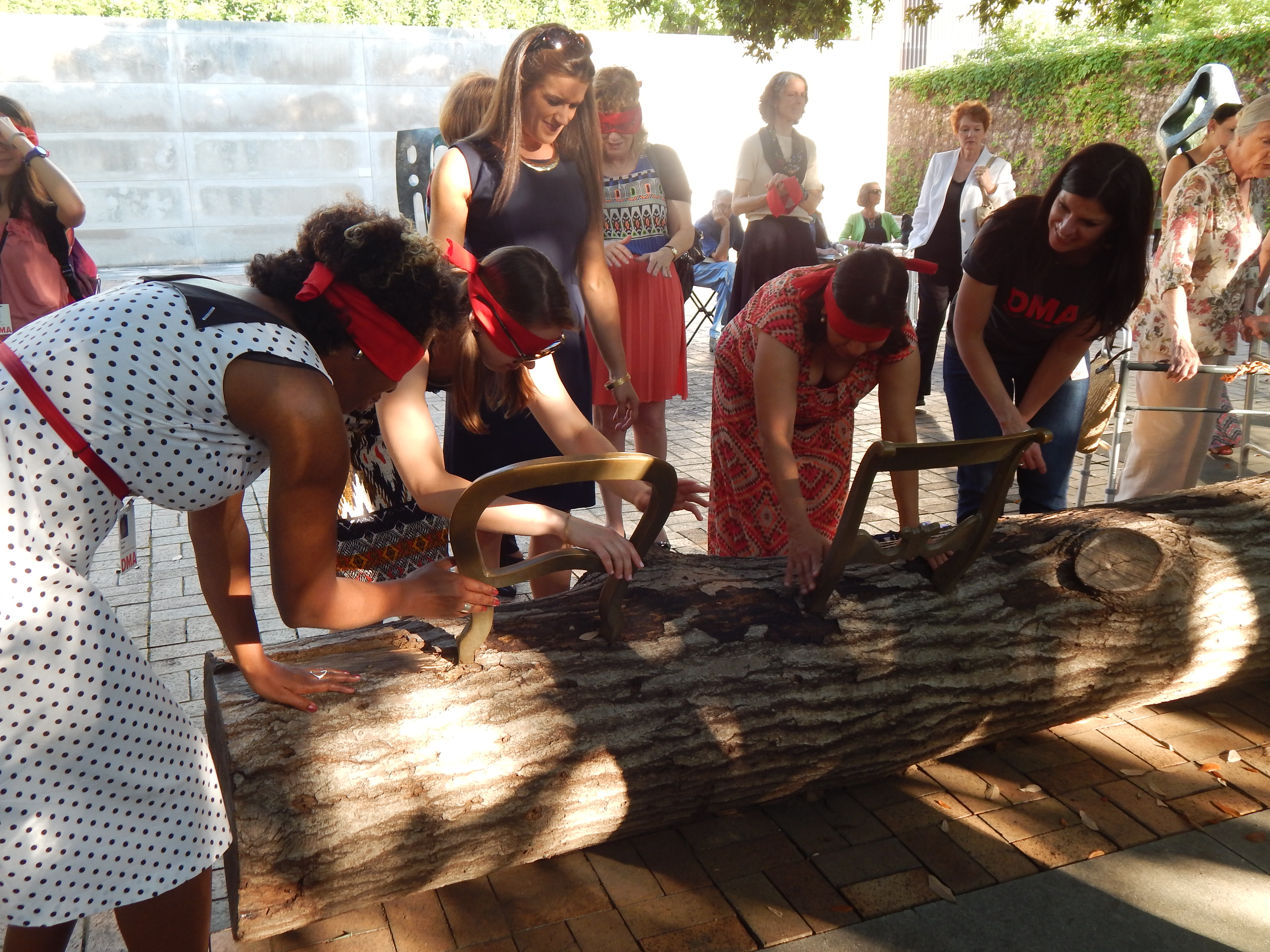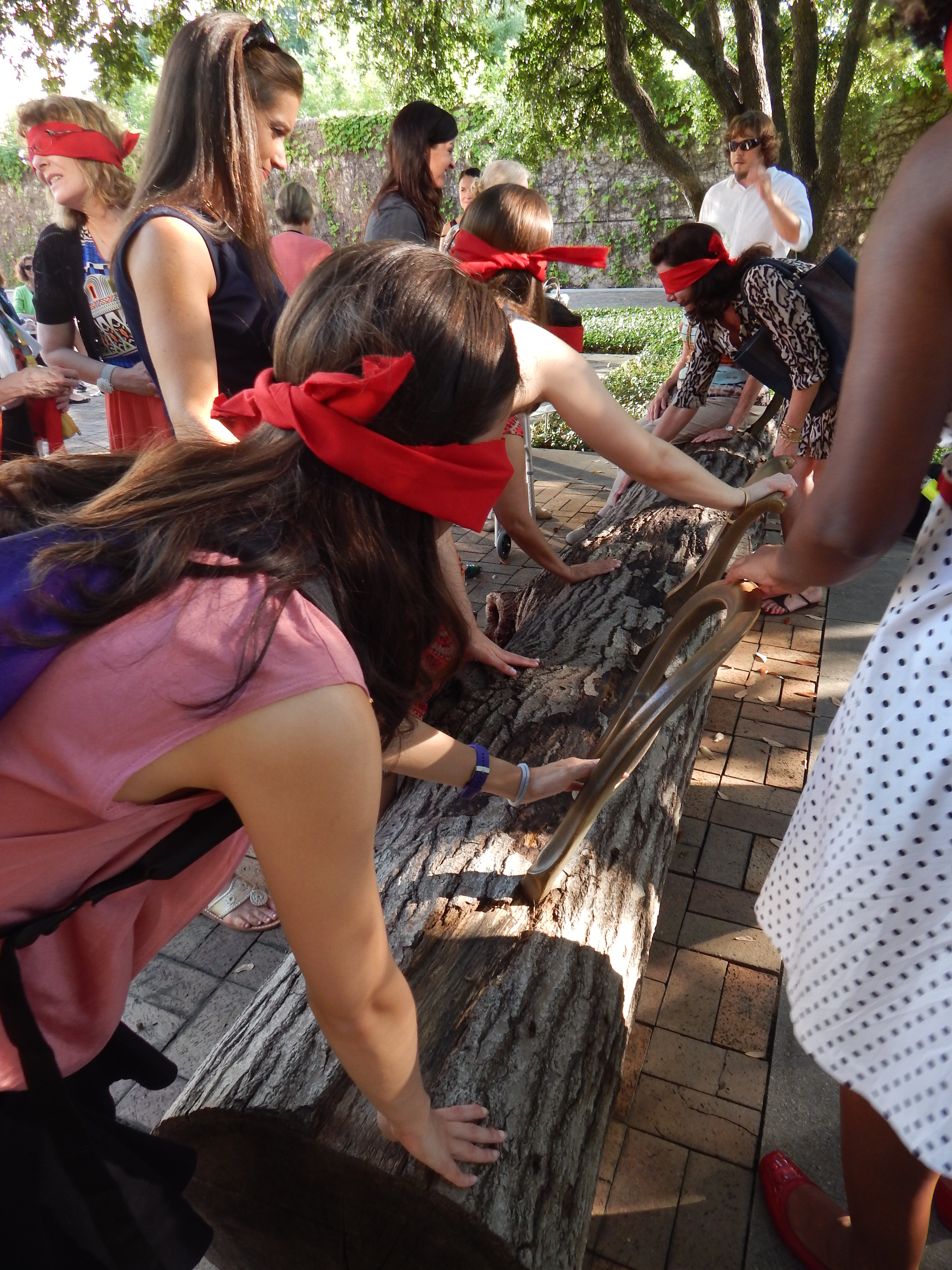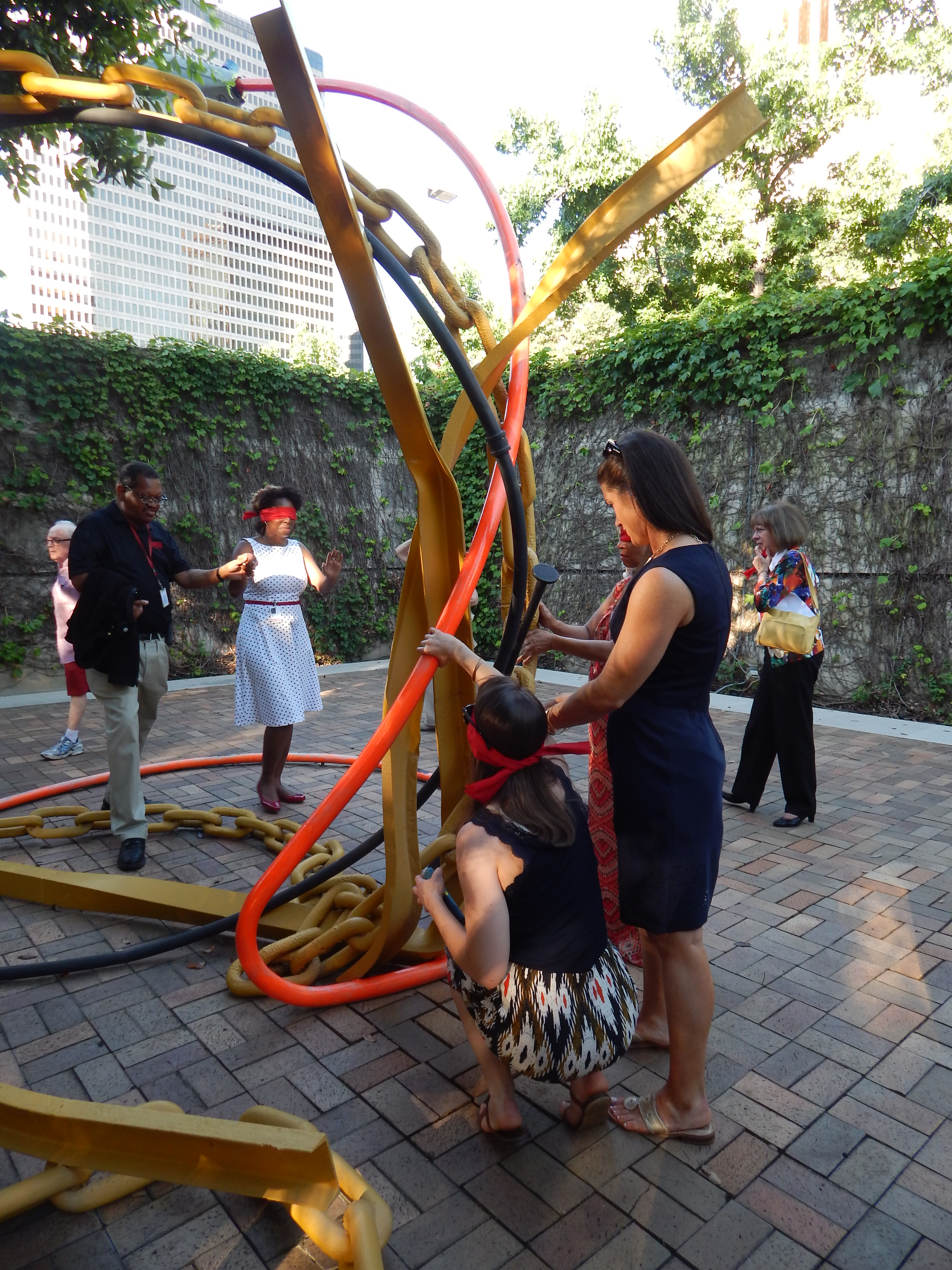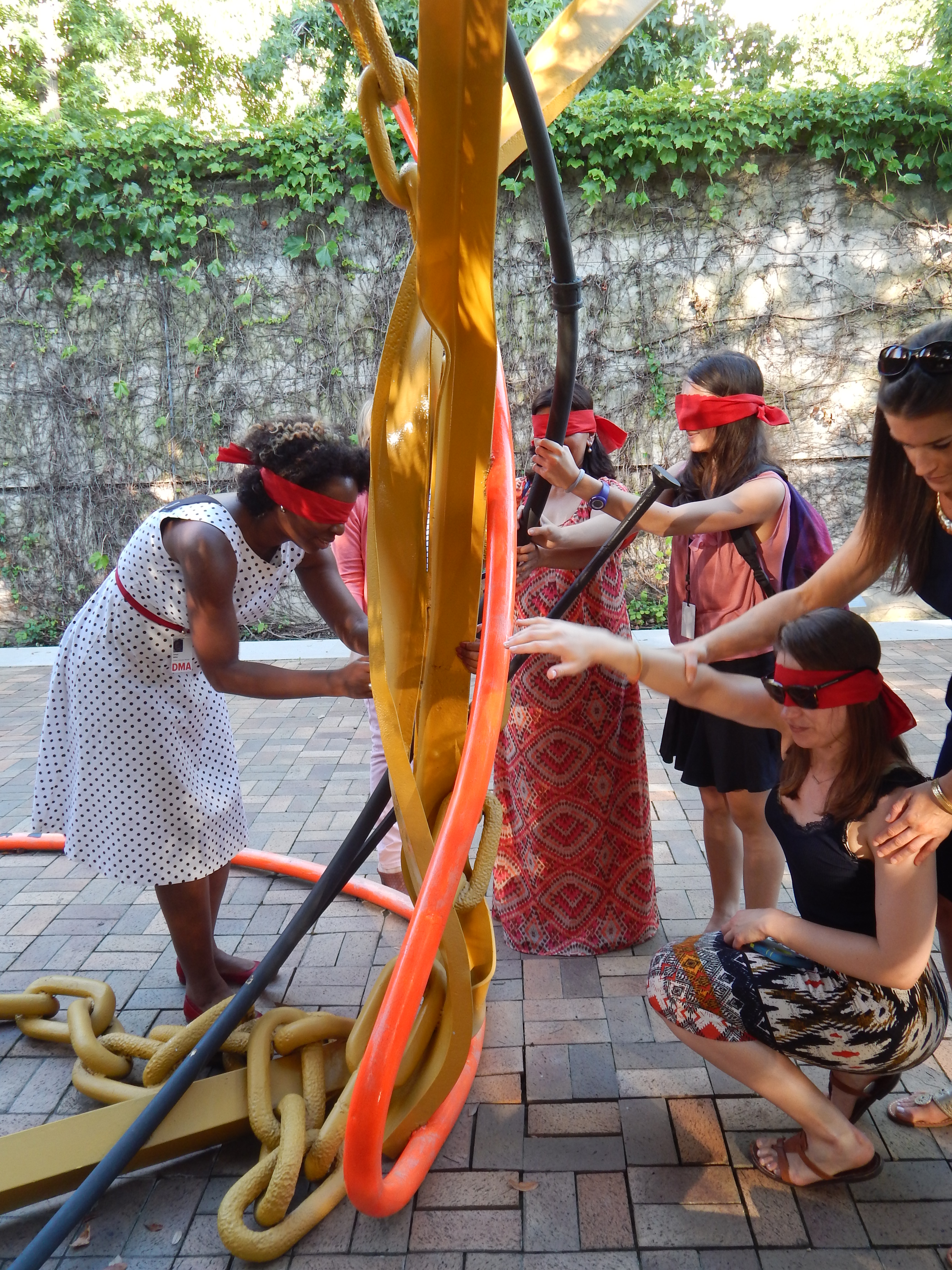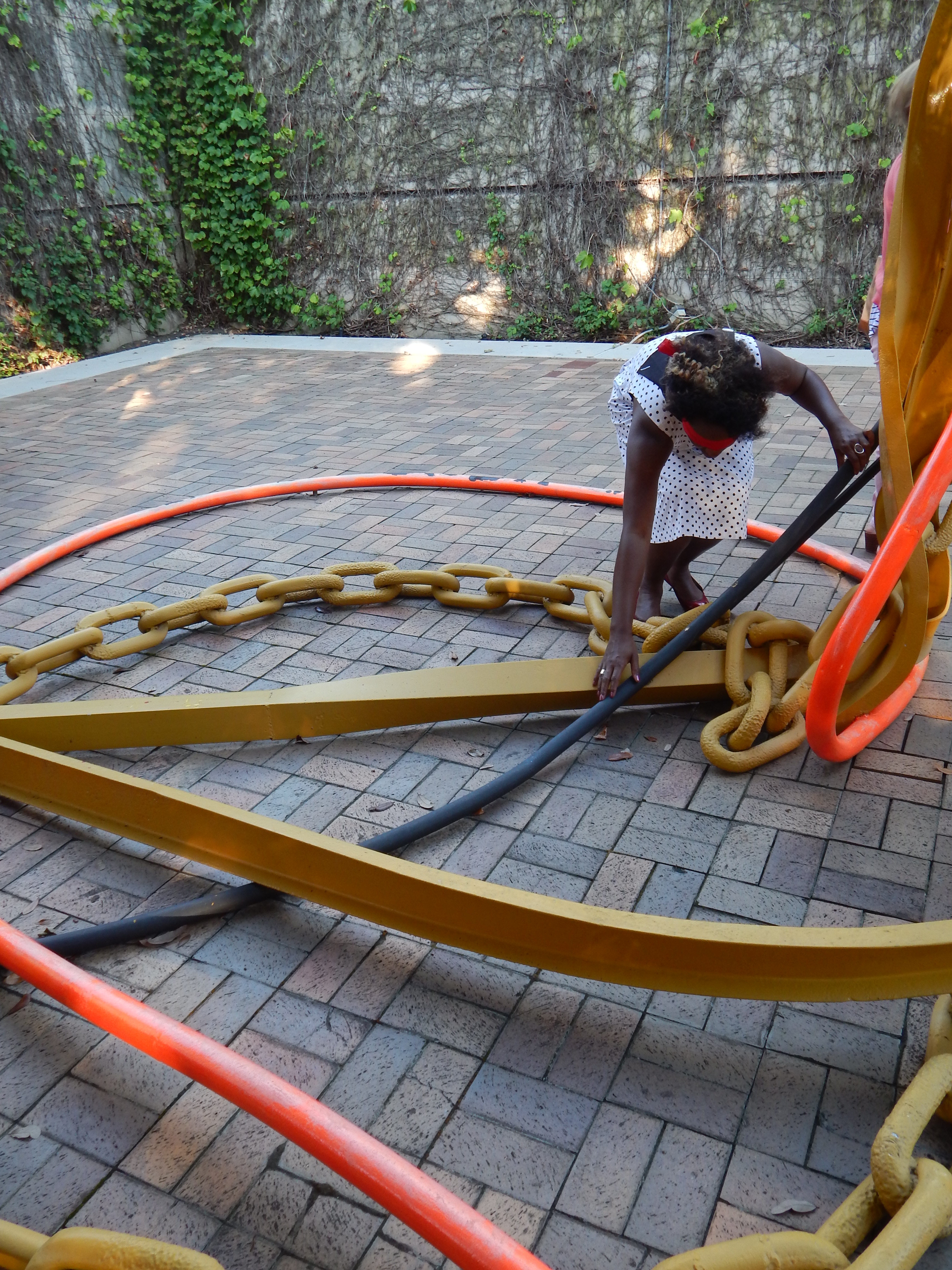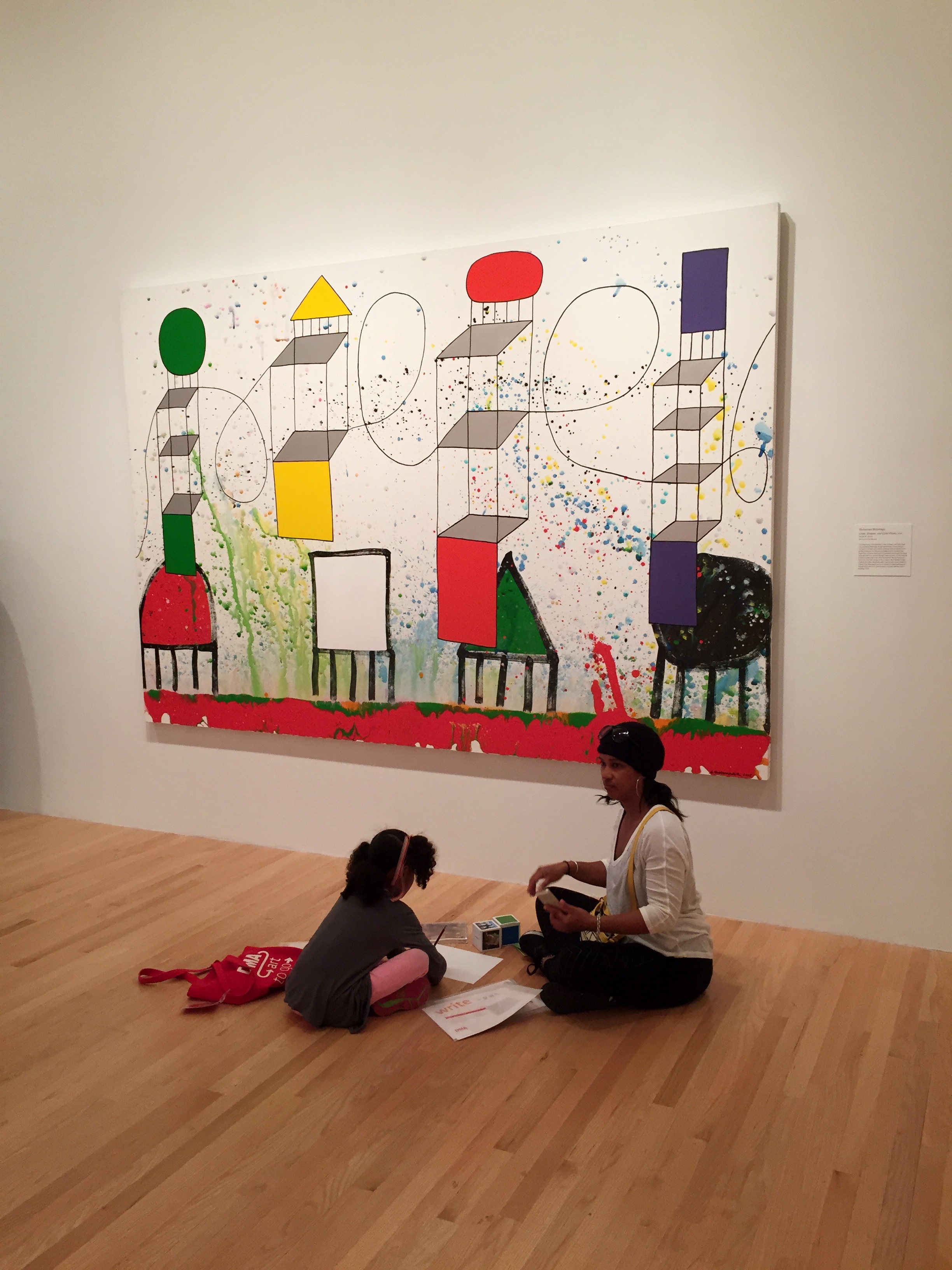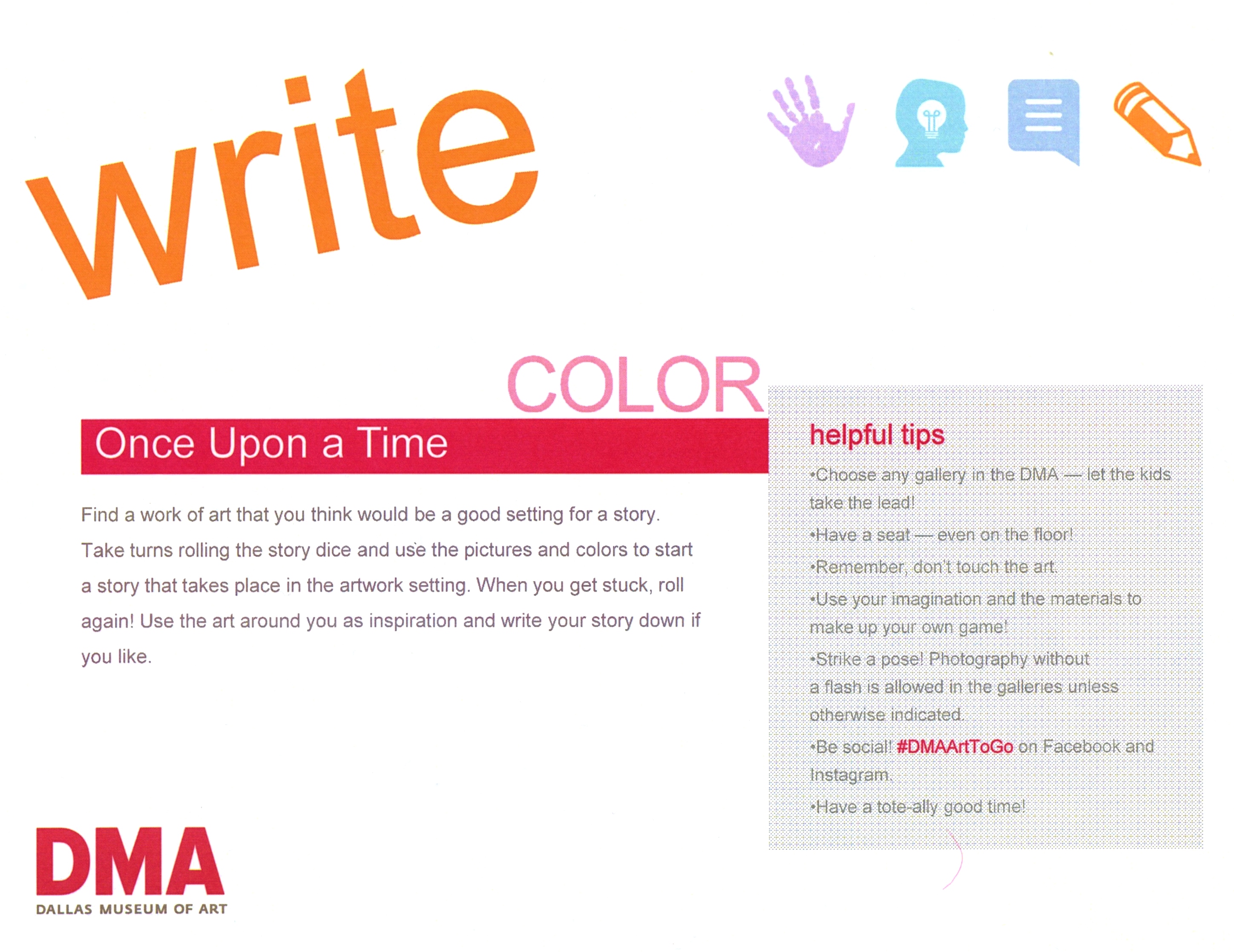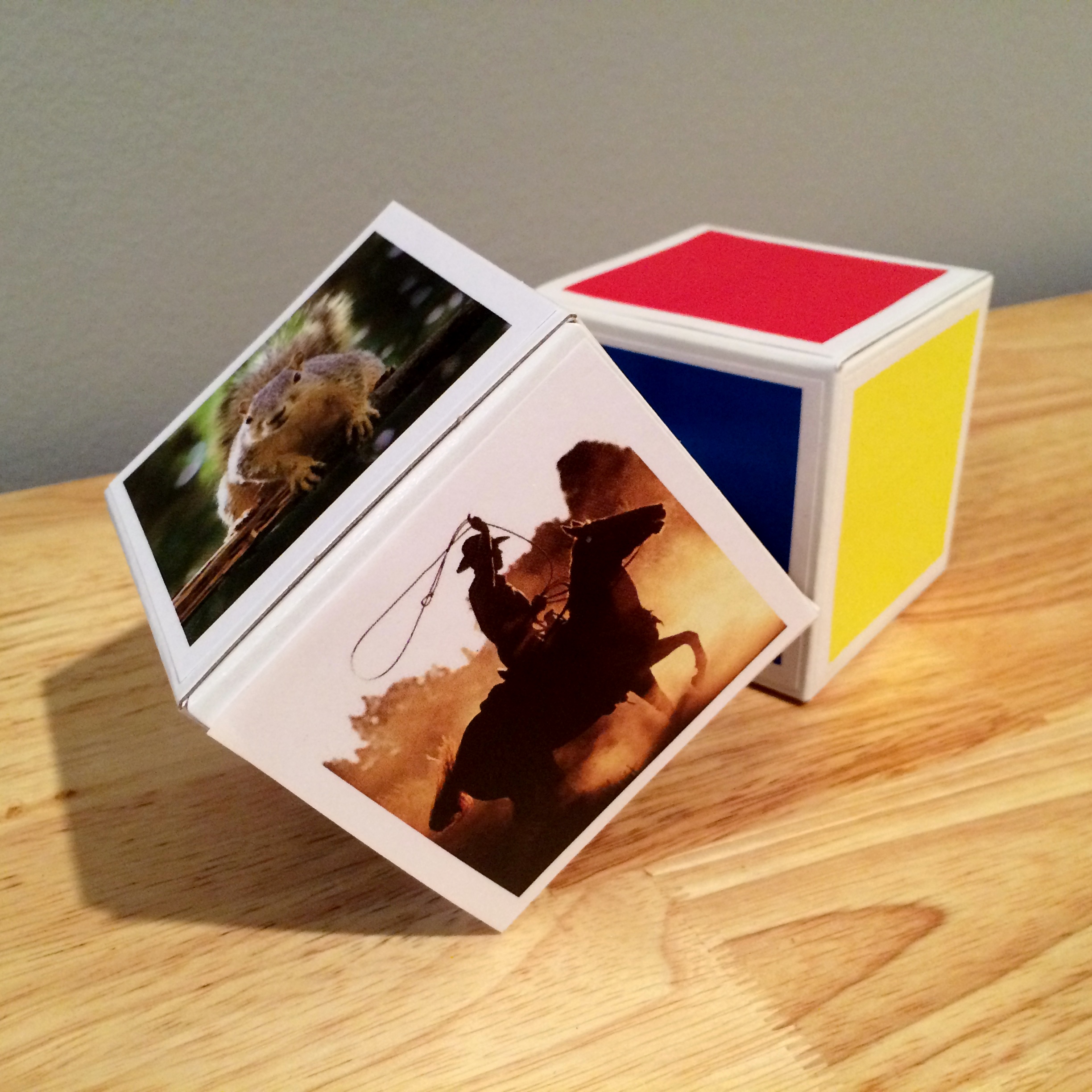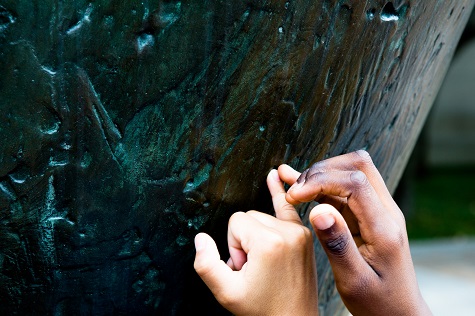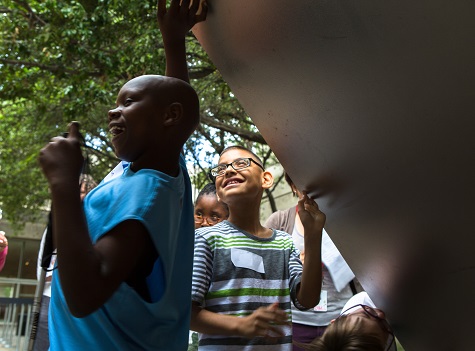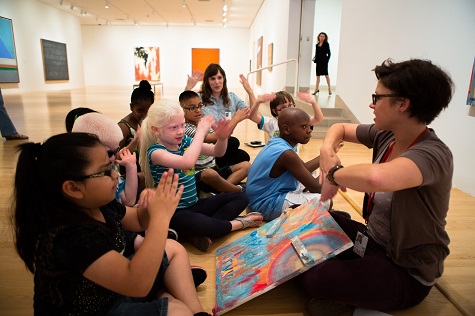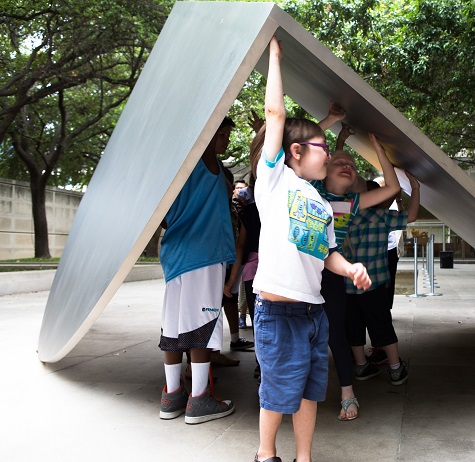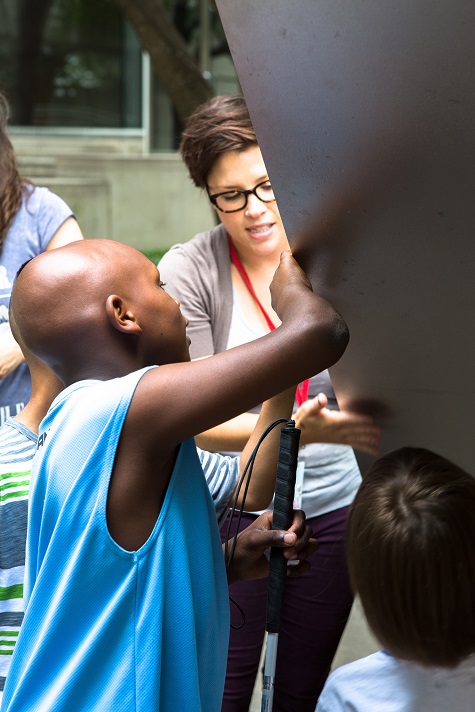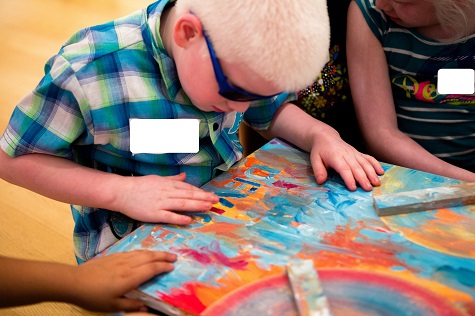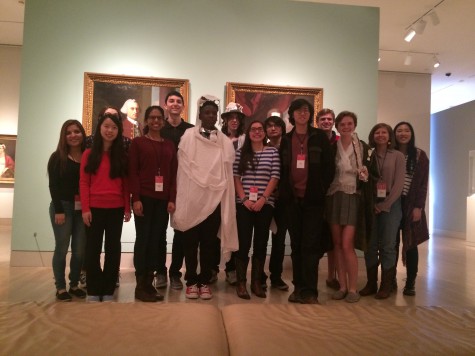
The Teen Advisory Council
If your tour guide looks a tad younger than expected during this month’s Late Night on Friday, June 19, chances are you’re meeting one of the amazing members of the Teen Advisory Council (TAC). You’ll see others as well—decked out in black and festooned with capes—leading art activities and scavenger hunts, helping with haiku slams and performances, and having a great time with visitors throughout the night.
The masterminds behind the evening’s activities, the TAC has spent the past three months working on the first-ever teen-planned Late Night in DMA history. Their vision for the event not only reflects their ideas for what the Museum can offer but is a collaboration that I hope will only continue to grow.
I caught up with some of the council members to ask them about what this opportunity has meant to them and what they hope visitors will experience on Friday:
Q: What activity has been the most fun or the most challenging to plan?
“The most difficult activity to plan was probably the scavenger hunt because if one detail is off then it can throw off the entire scavenger hunt. At the same time, planning this was a lot of fun because we got to choose the different works of art ourselves and make up the clues. We really got to take charge of this activity, and I think it’s cool that a group of teens was able to pull off such a task.” —Maddi
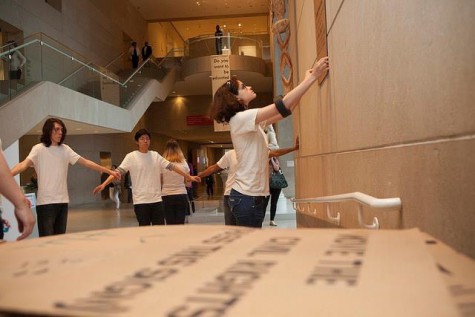
Teen Council members collaborate with Eliel Jones on his Alternative Signage event during the March Late Night.
Q: What do you hope visitors take away from this evening?
“I hope that visitors will gain a greater appreciation of the Museum as a whole, in particular through the DMAzing Race, as it offers a wonderful opportunity to explore the Museum. I also hope people meet others with the same interests as them and gain new friends in the process, especially teens who will have a separate lounge area for themselves.” —Cristina
“I hope the new visitors to the Museum see how the Museum is actually very different from the normal museum experience and how they can interact and be a part of the Museum just as any artist can.” —Maddi
“I want the visitors to leave saying ‘I’m glad I came to this’ and learning something. They could learn about anything at the Museum, even about themselves. So, I want the visitors to learn, about anything they want.” —Nadir
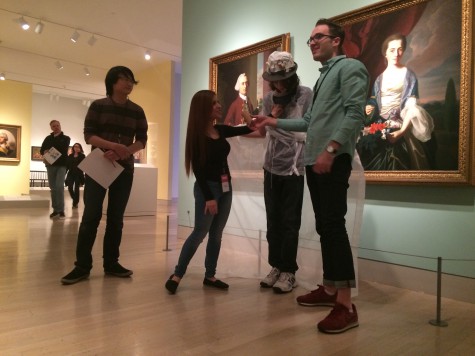
The Teen Council experiments with a Creativity Challenge idea.
For me, it’s been a blast to watch the TAC execute their ideas and see how much fun they’ve had in the process. I’m amazed at how undaunted they’ve been throughout the process given the magnitude of this project (maybe it just hasn’t sunk in yet?) and how many moving pieces there are. You can check out the full schedule of events for Friday’s Late Night here.
I couldn’t be more proud of all the hard work they’ve put in, and I can’t wait to see how visitors respond. Super!
JC Bigornia is the C3 Program Manager at the DMA.

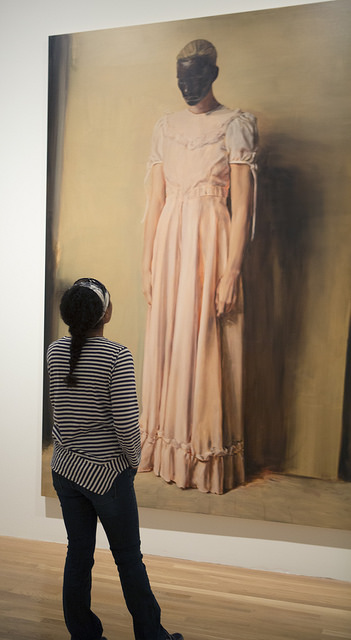
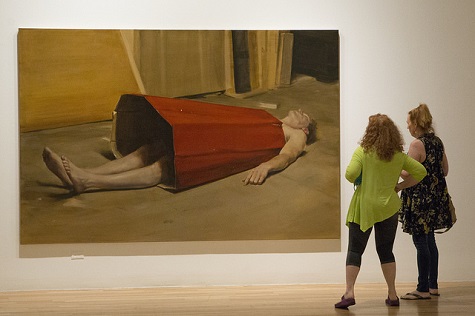

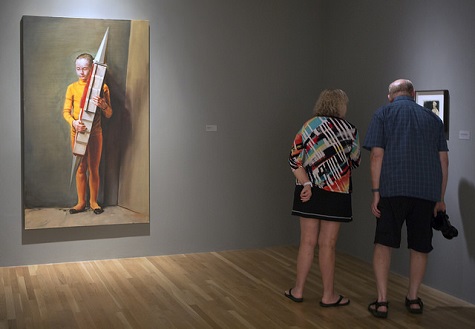
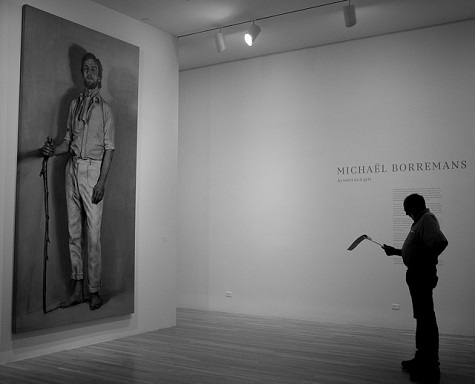

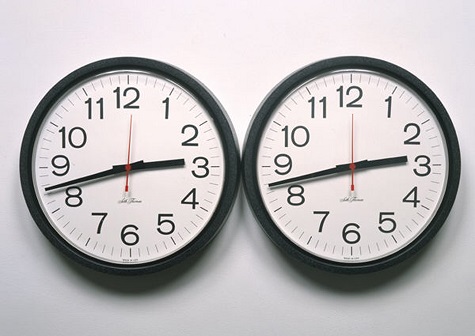



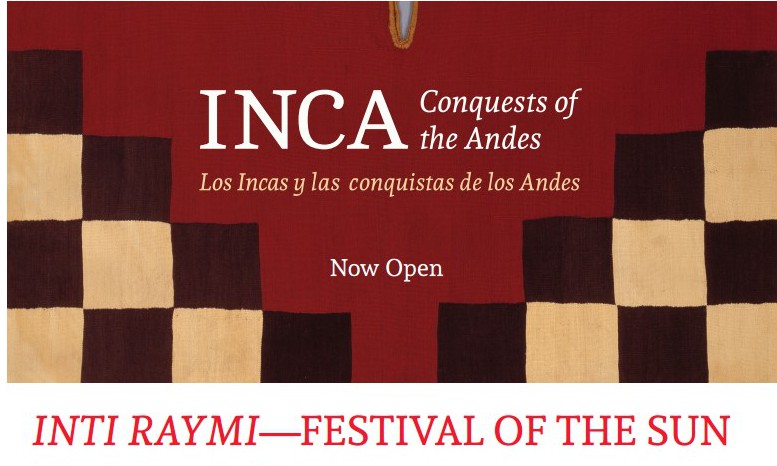 From June 24th-28th, we will be hosting sun-inspired activities and programs throughout the Museum. We invite you to participate in docent-led tours of our newest exhibition,
From June 24th-28th, we will be hosting sun-inspired activities and programs throughout the Museum. We invite you to participate in docent-led tours of our newest exhibition, 